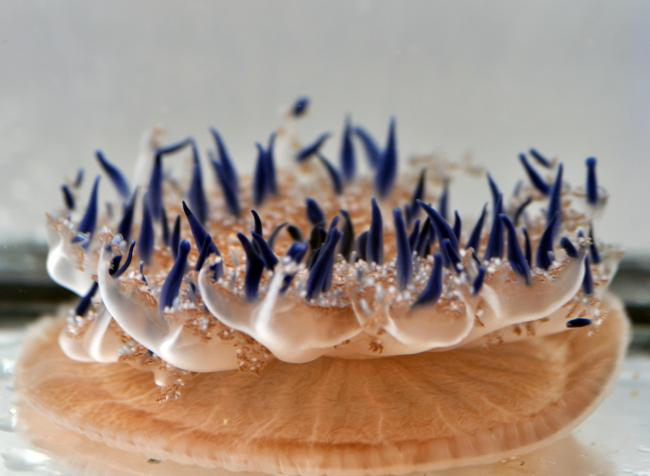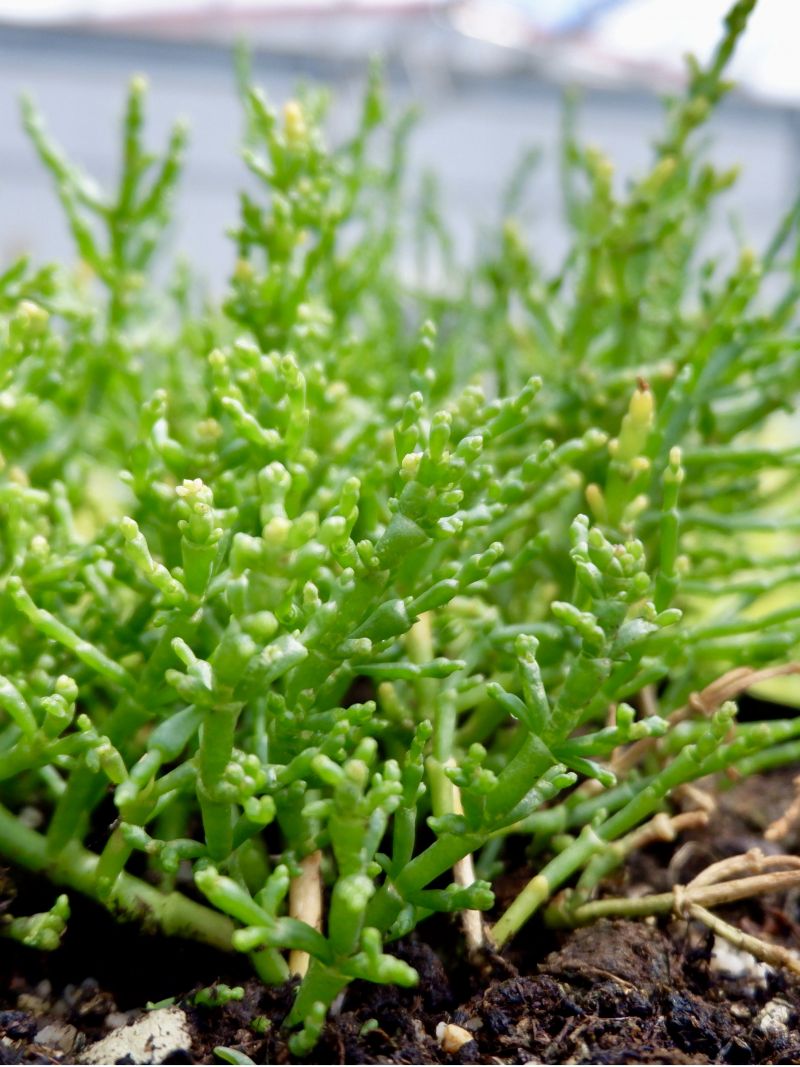What is food4future and how is it funded?
food4future (f4f) is an interdisciplinary research project within the funding initiative “Agricultural Systems of the Future”, supported by the Federal Ministry for Research, Technology and Space (BMFTR). The goal is to develop new approaches for secure, healthy, and sustainable nutrition—even under extreme conditions such as the absence of arable land ("No Land") or disrupted global trade routes ("No Trade").
The focus is on alternative food sources such as macroalgae, jellyfish, salt-tolerant plants, and insects. These are to be cultivated in urban indoor systems—resource-efficient, independent of climate, soil, and freshwater, and directly located where people live.
In the current second funding phase, ten project partners from research, technology, urban planning, and society are working together to turn this vision into reality. food4future sees itself as a real-world laboratory for the nutrition of the future: practical, transformative, and always in harmony with our planet’s ecological limits.
food4future is funded by the Federal Ministry for Research, Technology and Space (BMFTR) as part of the “Agricultural Systems of the Future” initiative. The project began in 2019 and has been in its second funding phase since October 2024. The aim is to build on the promising results of the initial phase and develop concrete solutions for implementation—toward a sustainable and future-ready food system.
Read more about the projects here.




